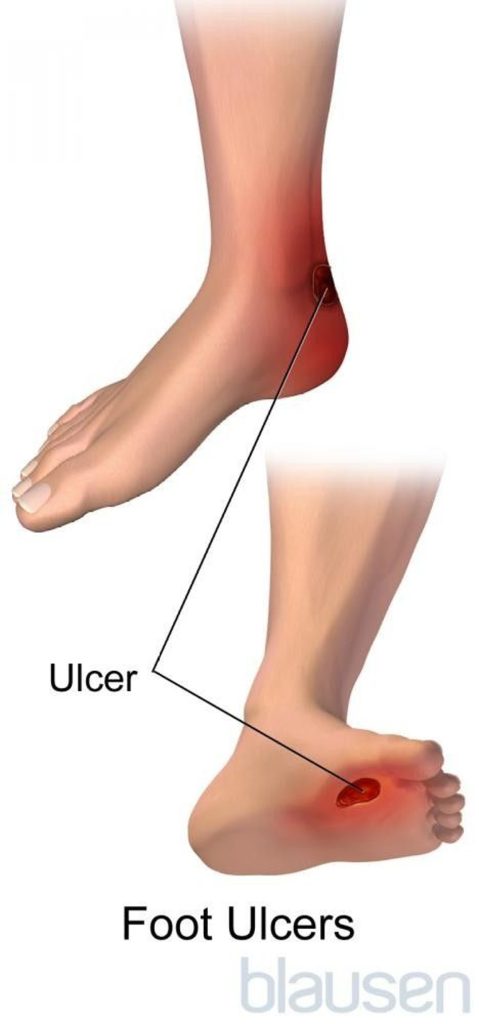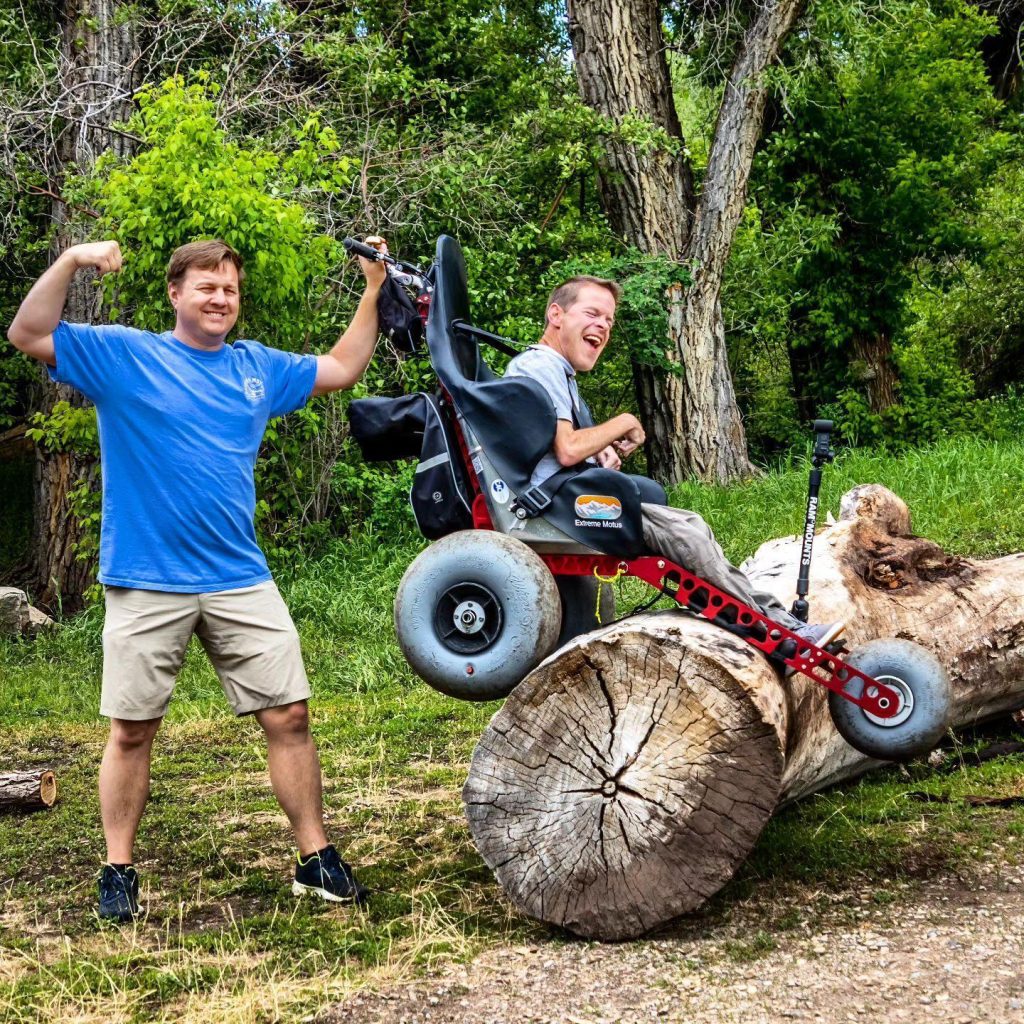8 Things You Need to Know About Severe Diabetes Complications (Amputations) and the Benefits of Outdoor Activities
Severe diabetes complications, including amputations, are life-altering challenges faced by many individuals. These complications affect physical mobility and mental well-being, but spending time outdoors and using tools like an all-terrain wheelchair can provide both physical and emotional relief. Here’s what you need to know about diabetes-related amputations and the transformative benefits of outdoor activities.
1. What Causes Severe Diabetes Complications Leading to Amputations?
Diabetes complications leading to amputations are primarily caused by:
- Peripheral Neuropathy: Nerve damage reduces sensation, making injuries go unnoticed and worsening over time.
- Poor Circulation: Reduced blood flow to the extremities hampers healing and increases the risk of severe infections.
- Infections: Wounds, especially on the feet, can become infected and fail to heal, necessitating amputation.
- Uncontrolled Blood Sugar Levels: Persistent hyperglycemia accelerates tissue and nerve damage.
These complications often result from delayed diabetes management or lack of proper foot care.

2. How Many People Are Affected by Diabetes-Related Amputations?
Globally, 422 million people are living with diabetes, and approximately 1 in 5 people with diabetes will develop foot ulcers, a common precursor to amputations. In the United States, nearly 85,000 lower-limb amputations occur annually due to diabetes-related complications.
3. What Are the Treatments for Diabetes-Related Amputations?
Treatment focuses on managing the underlying diabetes, preventing further complications, and improving mobility:
- Wound Care: Regular cleaning and dressing of wounds to prevent infections.
- Infection Control: Antibiotics to treat or prevent infections.
- Blood Sugar Management: Medications, insulin, and dietary changes to regulate glucose levels.
- Physical Therapy: Helps improve mobility and adapt to prosthetics or assistive devices.
- Prosthetics: Custom-made devices to restore functionality after amputation.
Early detection and diligent care can help prevent amputations in many cases.
4. Is There a Cure for Diabetes?
There is no cure for diabetes, but it can be managed effectively through lifestyle changes, medications, and ongoing medical care. Advances in regenerative medicine and research into islet cell transplantation offer hope for future treatments.
5. Why Is Spending Time Outdoors Important for People with Diabetes-Related Amputations?
Spending time outdoors provides physical and emotional benefits for individuals adjusting to life after an amputation:
- Promotes Circulation: Gentle outdoor activities, such as walking or stretching, improve blood flow and reduce swelling.
- Encourages Healing: Fresh air and sunlight support immune function and recovery.
- Boosts Mental Well-Being: Nature helps alleviate stress, depression, and anxiety, which are common after a life-altering event.
- Supports Weight Management: Low-impact exercises outdoors can help maintain a healthy weight, critical for managing diabetes.
- Builds Confidence: Successfully navigating outdoor spaces fosters independence and self-esteem.
6. How Does Spending Time Outdoors Affect Mental and Physical Health?
Outdoor activities are a vital part of holistic recovery, offering:
- Mental Health Benefits: Spending time in nature reduces cortisol levels, improving mood and reducing feelings of isolation.
- Physical Health Benefits: Gentle exercise aids in maintaining strength, flexibility, and cardiovascular health.
- Cognitive Benefits: Natural surroundings promote mindfulness and reduce mental fatigue.
- Social Benefits: Outdoor activities provide opportunities for social engagement, fostering connection and community.
7. How Does Diabetes-Related Amputation Affect Family Members?
Amputations significantly impact family dynamics:
- Emotional Toll: Family members may feel sadness, anxiety, or stress seeing their loved one adjust to life with an amputation.
- Caregiving Responsibilities: Families often provide emotional and physical support, which can lead to caregiver fatigue.
- Financial Challenges: Medical costs, prosthetics, and assistive devices can strain household finances.
- Activity Limitations: Families may need to adapt routines and find accessible activities for everyone to enjoy together.
Shared outdoor experiences can help families reconnect and foster positive memories.
8. How Can an All-Terrain Wheelchair Help People with Diabetes-Related Amputations Enjoy the Outdoors?
For individuals with mobility challenges after an amputation, an all-terrain wheelchair can be a game-changer:
- Access to Nature: Designed to navigate uneven terrain like gravel paths, sand, and forest trails, enabling access to diverse outdoor settings.
- Enhanced Comfort and Stability: Ergonomic designs and shock-absorbing features provide a smooth ride.
- Promotes Independence: Allows users to explore outdoor spaces without relying on others.
- Facilitates Family Activities: Makes it easier to participate in group outings, ensuring inclusive experiences.
- Encourages Physical Activity: Supports light exercise, which is essential for diabetes management and overall health.
What is the Extreme Motus All-Terrain Wheelchair?
The Extreme Motus All-Terrain Wheelchair is a transformative tool for individuals managing the challenges of Severe Diabetes, particularly when complications such as neuropathy, mobility limitations, or amputations arise. Designed to prioritize safety, comfort, and accessibility, this wheelchair helps users regain independence, engage in outdoor activities, and improve their physical and emotional well-being.
How the Extreme Motus Wheelchair Benefits People with Severe Diabetes
1. Supports Limited Mobility
- Accessibility for Amputations: The wheelchair provides mobility support for individuals who have experienced lower limb amputations or other physical limitations due to diabetes complications.
- Energy Conservation: Severe diabetes can cause fatigue, making walking or standing difficult. The wheelchair reduces physical effort, allowing users to save energy for other activities.
2. Provides Comfort and Safety
- Shock-Absorbing Suspension: Minimizes jolts and vibrations, ensuring a smooth ride that reduces discomfort for individuals with neuropathy or sensitive skin.
- Ergonomic Design: Proper seating and support reduce strain on joints and pressure points, crucial for preventing pressure sores and maintaining circulation.
3. Expands Access to Outdoor Activities
- All-Terrain Capability: Handles trails, grass, gravel, and sandy surfaces with ease, providing access to parks, beaches, and hiking trails that might otherwise be inaccessible.
- Durable Frame: Built to navigate challenging terrains safely and comfortably, ensuring reliability for users in various outdoor environments.
4. Promotes Physical and Mental Well-Being
- Encourages Time Outdoors: Nature has proven benefits for reducing stress, improving mood, and promoting relaxation, all of which can positively impact diabetes management.
- Supports Gentle Activity: Access to outdoor spaces fosters light movement, which can improve circulation and overall health.
- Boosts Vitamin D Levels: Sunlight exposure strengthens bones and supports immune function, beneficial for individuals with diabetes.
5. Fosters Social Inclusion
- Facilitates Group Participation: The wheelchair makes it easier to join family outings, community events, and recreational activities, enhancing connection and reducing isolation.
- Strengthens Relationships: Outdoor experiences with loved ones create opportunities for bonding and shared enjoyment.
6. Promotes Independence
- User-Friendly Operation: Designed for easy maneuverability, the wheelchair empowers users to navigate outdoor spaces independently or with minimal assistance.
- Confidence Booster: Overcomes mobility barriers, allowing individuals to embrace new environments and experiences without limitations.
Why the Extreme Motus Wheelchair Is Ideal for Severe Diabetes
The Extreme Motus wheelchair is uniquely designed to meet the needs of individuals with diabetes-related mobility challenges. Its combination of comfort, stability, and adaptability makes it an essential tool for improving mobility and overall quality of life.
Rediscover Freedom with Extreme Motus
Living with Severe Diabetes doesn’t mean giving up on outdoor exploration. The Extreme Motus all-terrain wheelchair empowers individuals to reconnect with nature, enjoy meaningful activities, and embrace independence with confidence and ease.
Ready to reclaim your freedom? Discover how the Extreme Motus wheelchair can help you or a loved one overcome mobility challenges and live life without limits.
Conclusion: Reclaim Freedom and Connect with Nature
Living with diabetes-related complications, including amputations, can feel overwhelming, but it doesn’t have to limit life’s joys. Spending time outdoors offers therapeutic benefits for the mind and body, helping individuals and their families heal and thrive. With the help of an all-terrain wheelchair, the possibilities for exploration and connection with nature are endless.
Ready to explore the outdoors? Discover our range of all-terrain wheelchairs designed to empower individuals with mobility challenges and help them reconnect with the world around them!
Every year, more families discover the freedom these chairs create—this Black Friday, demand is already building fast. By joining the early-access list, you secure your chance to order before the sale goes public on November 28, 2025.
Since 2019, Sam and Ryan have been demonstrating that nature is wheelchair accessible with the Extreme Motus All Terrain Wheelchair. From National Parks to Skateparks, their adventures prove that a manual off-road wheelchair can offer laughter and joy while navigating diverse terrains.
Join us as we continue to share these inspiring journeys.

Light, comfortable, and compact, the Extreme Motus glides over sand, rocks, grass, gravel, and even floats in water.
It’s more than a outdoor wheelchair; it’s your ticket to freedom. Embrace the outdoors with confidence, knowing our off-road wheelchair is engineered for durability and ease of use.
Be the first to hear about new gear, upcoming adventures, and exclusive offers. As a welcome gift, enjoy $10 off your first Motus T-Shirt when you subscribe.
By subscribing you agree to receive marketing communications from Extreme Motus, including product updates, promotions, and special offers. I understand I can unsubscribe at any time.



